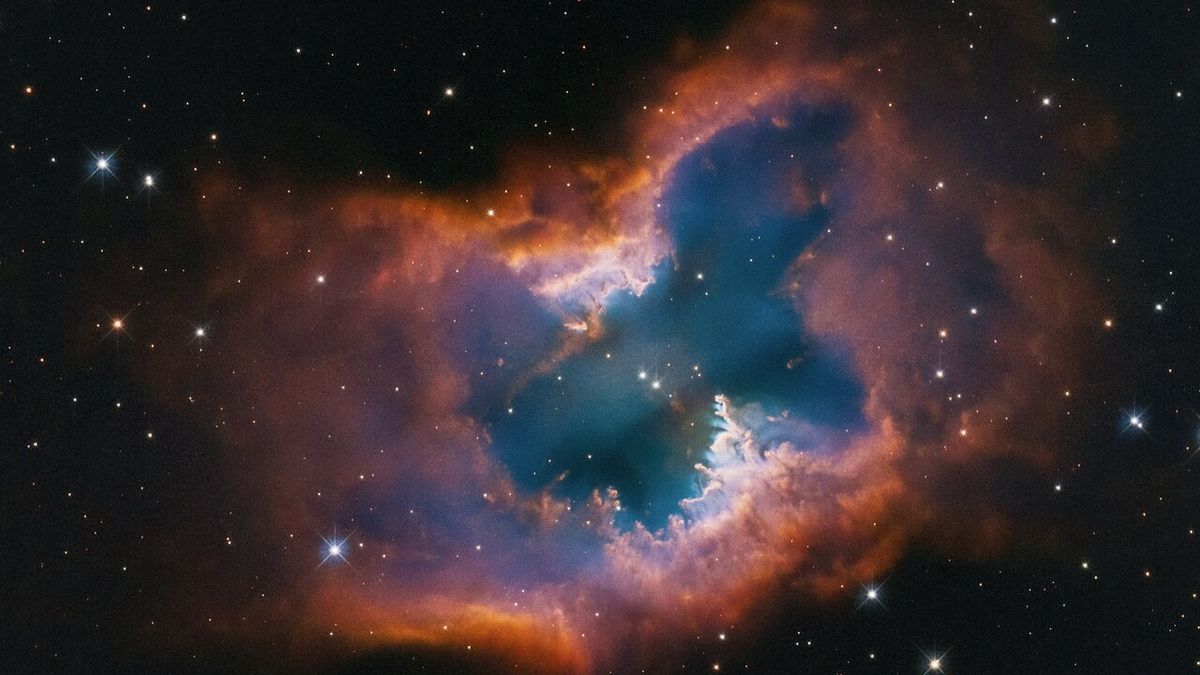The Japanese asteroid-sampling spacecraft Hayabusa2 has been forced into protective "safe mode" while journeying through deep space.
Hayabusa2 successfully delivered pieces of the asteroid Ryugu to Earth in December 2020, marking a triumph for the Japan Aerospace Exploration Agency (JAXA) and for scientists waiting to study samples from a piece of the primordial solar system.
After delivering the return capsule to Earth, the main spacecraft embarked on an extended mission to scope out yet another asteroid. Hayabusa2 is now headed for the small, near-spherical asteroid 1998 KY26, which it's expected to reach in 2031. But it is not currently plain sailing for the extended mission.
An April 2 post from JAXA’s Hayabusa2 mission profile on the social media platform X stated that the spacecraft had detected an abnormality on March 21 and had automatically transitioned into safe mode.
Communications between Earth and the spacecraft were stable, however, and teams were investigating the situation and its impact on the extended mission, a machine translation of the post read. JAXA has yet to provide a new update since posting about the anomaly.
Related: Japanese space capsule carrying pristine asteroid samples lands in Australia
Hayabusa2 launched in December 2014 and so has been operating in space for over a decade. It rendezvoused with Ryugu in June 2018 and spent around 18 months studying the asteroid, prodding and landing on Ryugu and deploying small rovers. It collected samples and in November 2019 began the journey back to Earth, with the sample capsule eventually landing as planned in Woomera Prohibited Area in Australia.
JAXA is already gearing up for a new, daring sample return mission while Hayabusa2’s situation is assessed. Next year, Japan plans to launch its MMX Mars moon sample-return mission, which will attempt to collect 0.35 oz (10 grams) of samples of the small Red Planet moon Phobos and deliver them to Earth.







 English (US) ·
English (US) ·